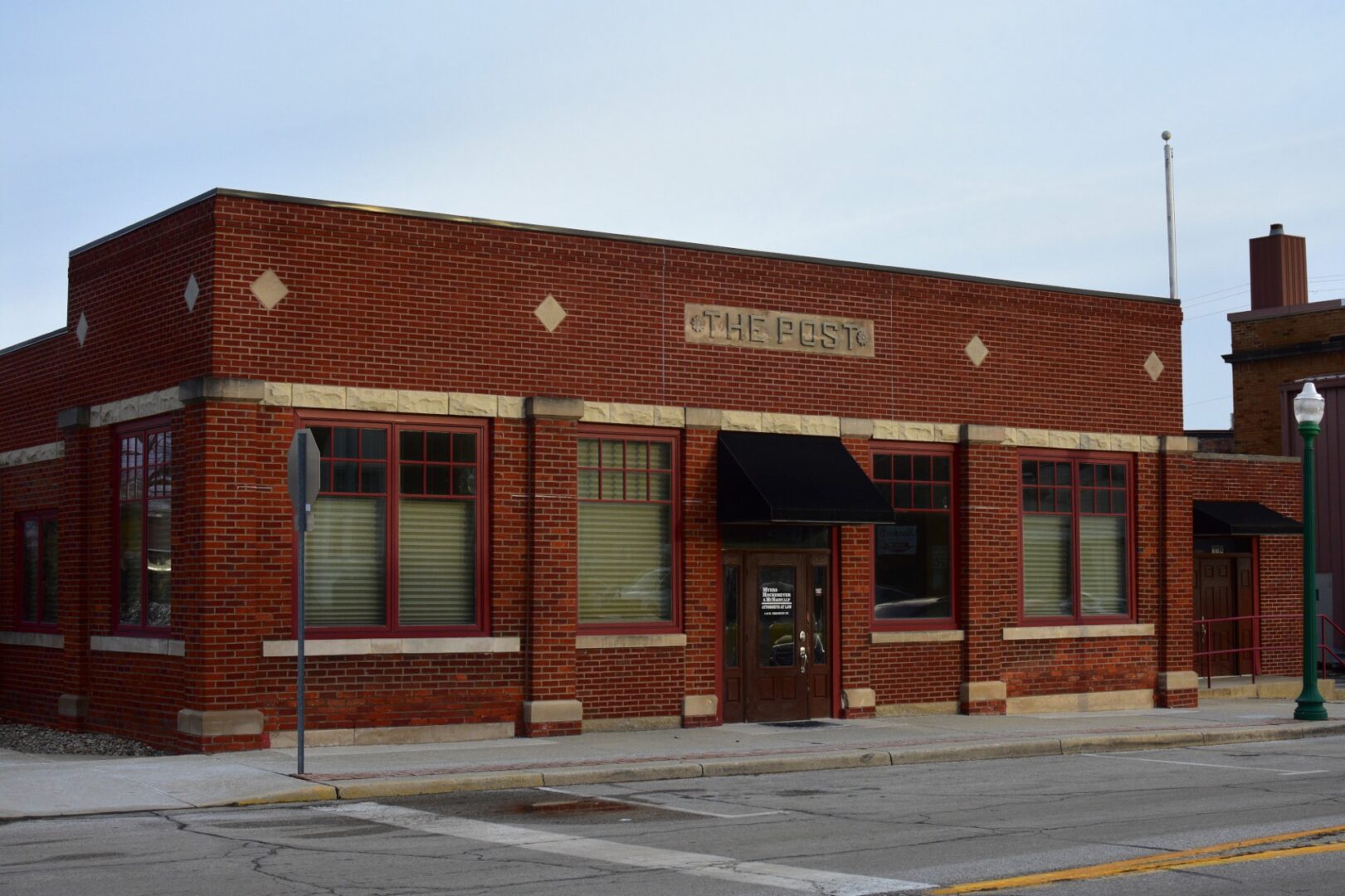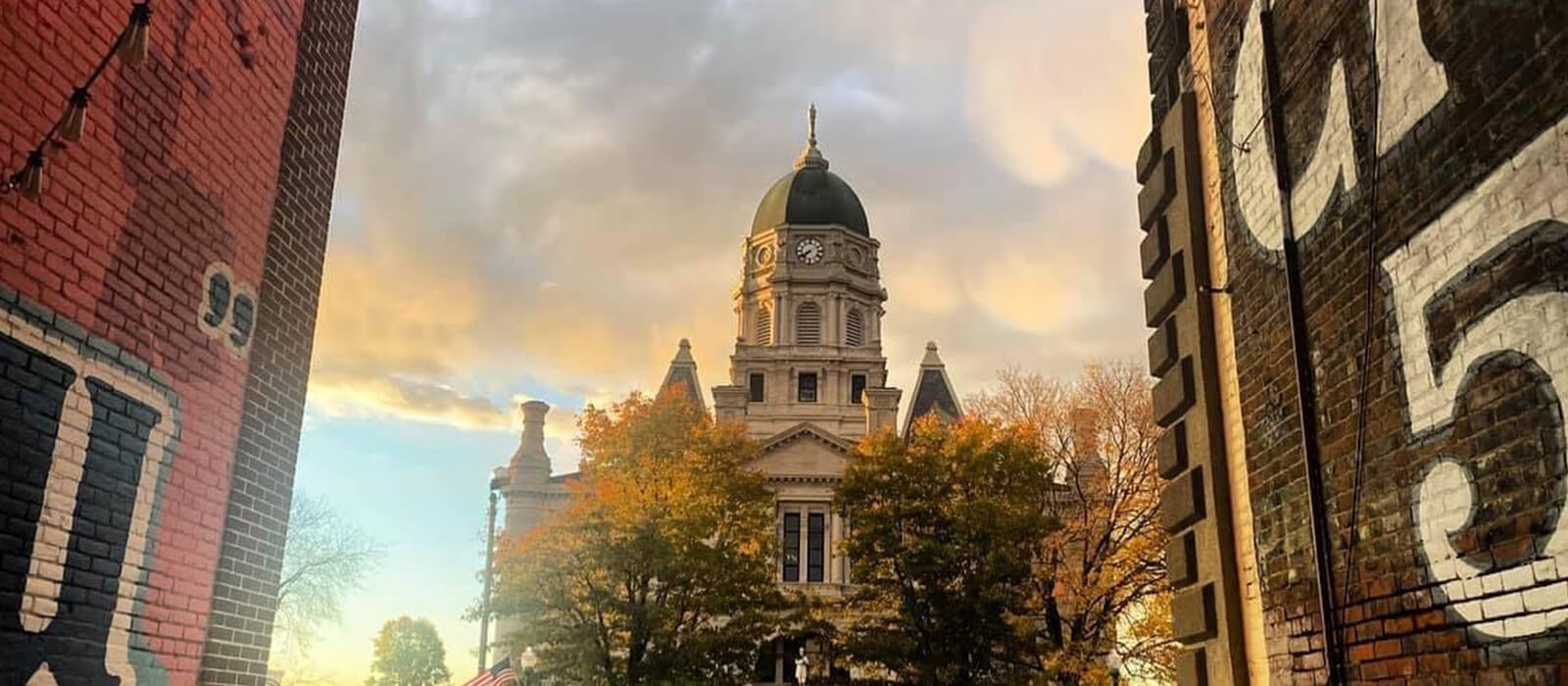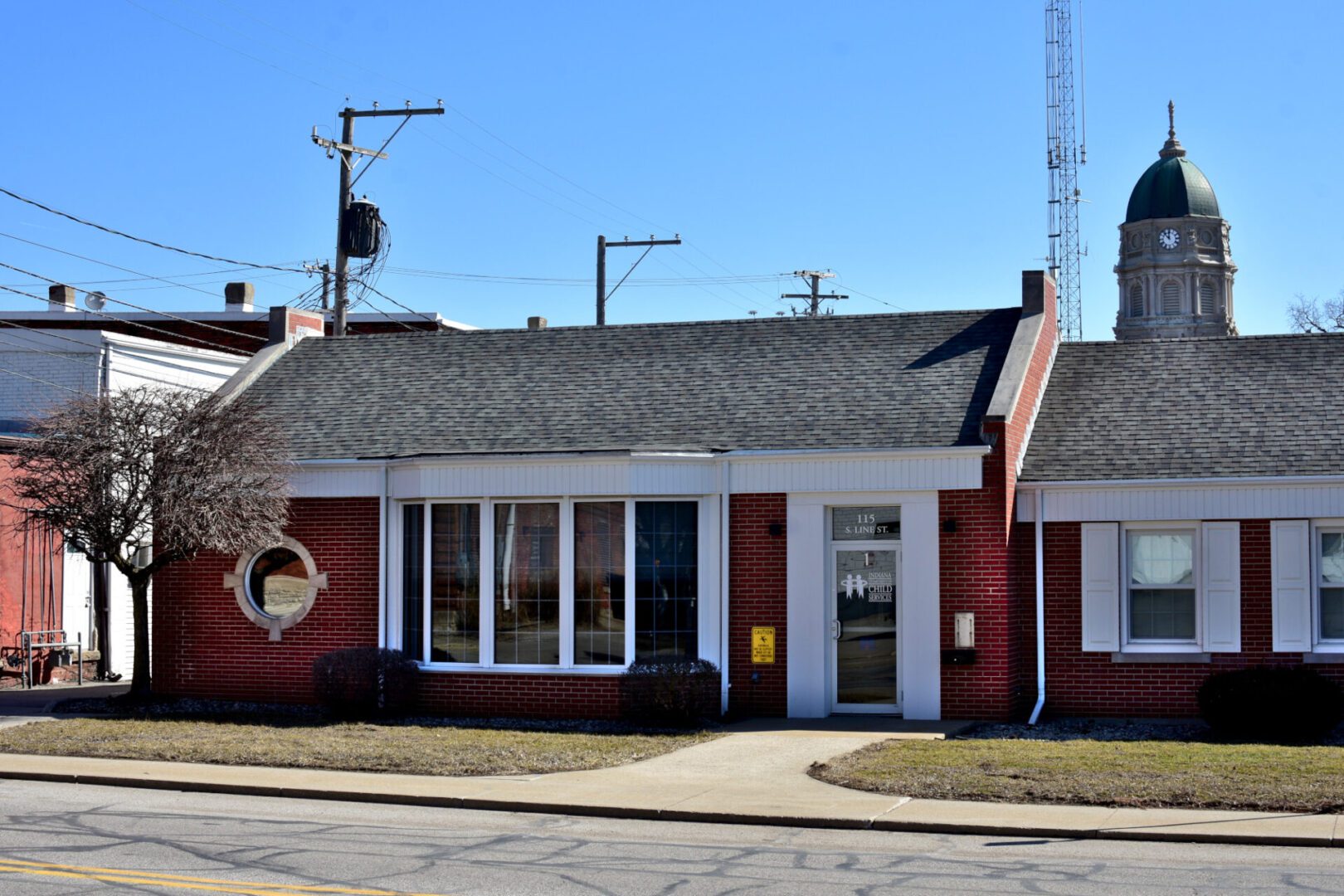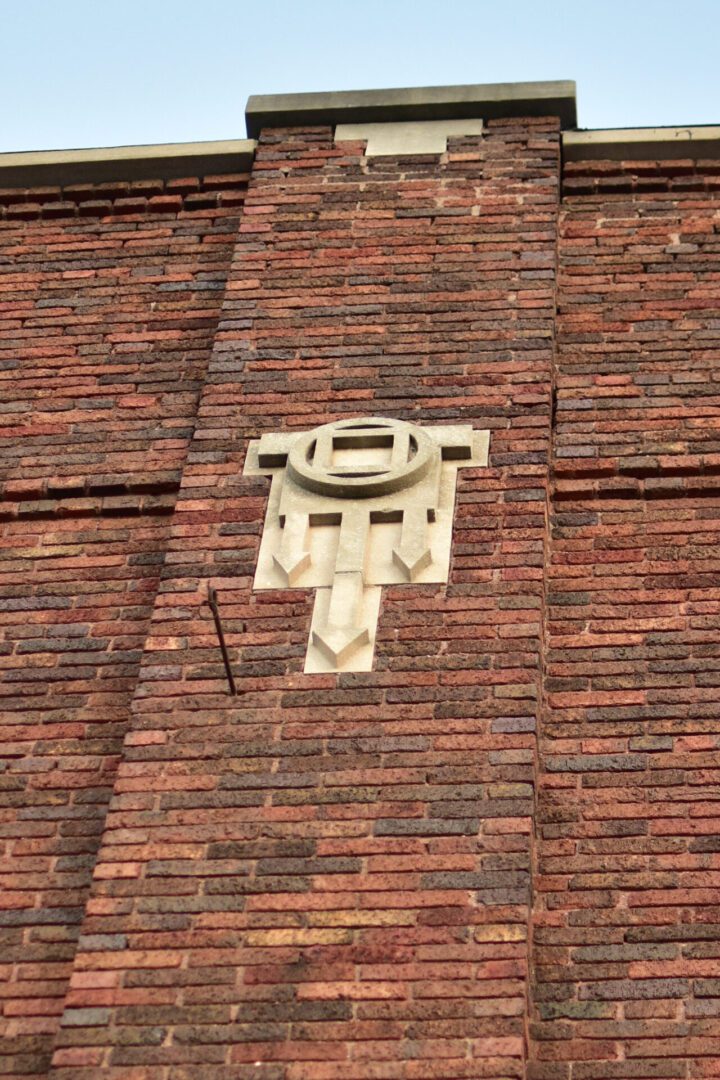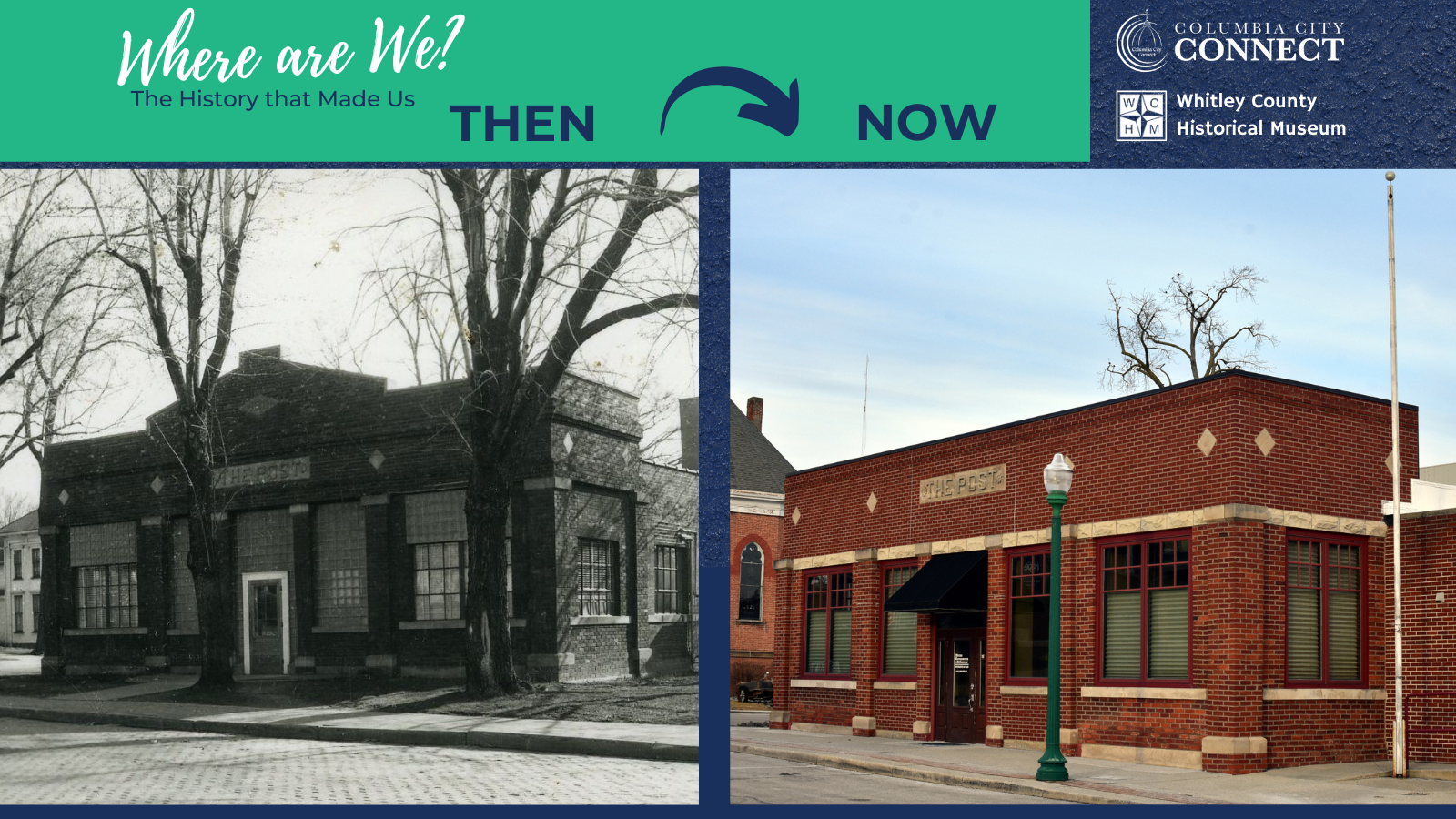
The History that Made Us
Happy Birthday to The Post & Mail! Let’s hear the story of how The Post & Mail was born in Columbia City. As the populous of Columbia City slowly grew in its early years, so too did a desire for a news publication. Thus, on July 13, 1853 the first edition of “The Pioneer” was published by Joseph A. Berry. Very quickly, readership of this paper rose to 400. What we know of this early newspaper is that it had a strong Democratic leaning.
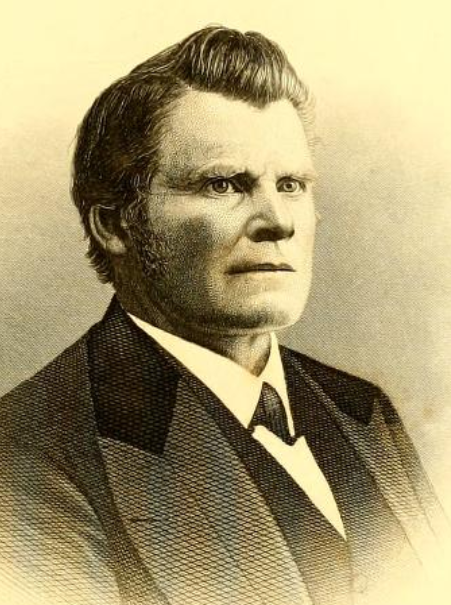
After three years, Berry sold his holdings to P.W. Hardesty, an advocate of the Free Soilism party, which was a pre-Civil War political party. Then, in 1858 the paper was sold to I.B. McDonald seen above. Around that same time, he purchased the “Jeffersonian” which was a defunct news publication in Fort Wayne. McDonald then merged the two, which became the “Columbia City News.” McDonald would retain a part ownership, but focused more on editorial management. Along with him, the paper passed through various other owner’s hands. When the Civil War began, McDonald left for service and in his absence, foreman printer Englebert Zimmerman took control of the paper. When McDonald returned in 1864, he again took over and Zimmerman moved to Fort Wayne to operate the “News Sentinel.” It was around this time that the paper’s name would change again, this time to “The Post.”
By the following year, McDonald sold the paper to Eli W. Brown, who retained ownership until 1879 when he entered a partnership with John W. Adams. Adams would take on sole ownership by 1881. Around this time, records show the newspaper was printed and published out of second floor offices in the downtown Central Building. Then, John W. Adams and his son James D. Adams began to search for a first-floor building for its operations. The decision was to construct a building for this purpose on North Chauncey Street. Work was started December 16, 1911, and it went into use by April of 1912.
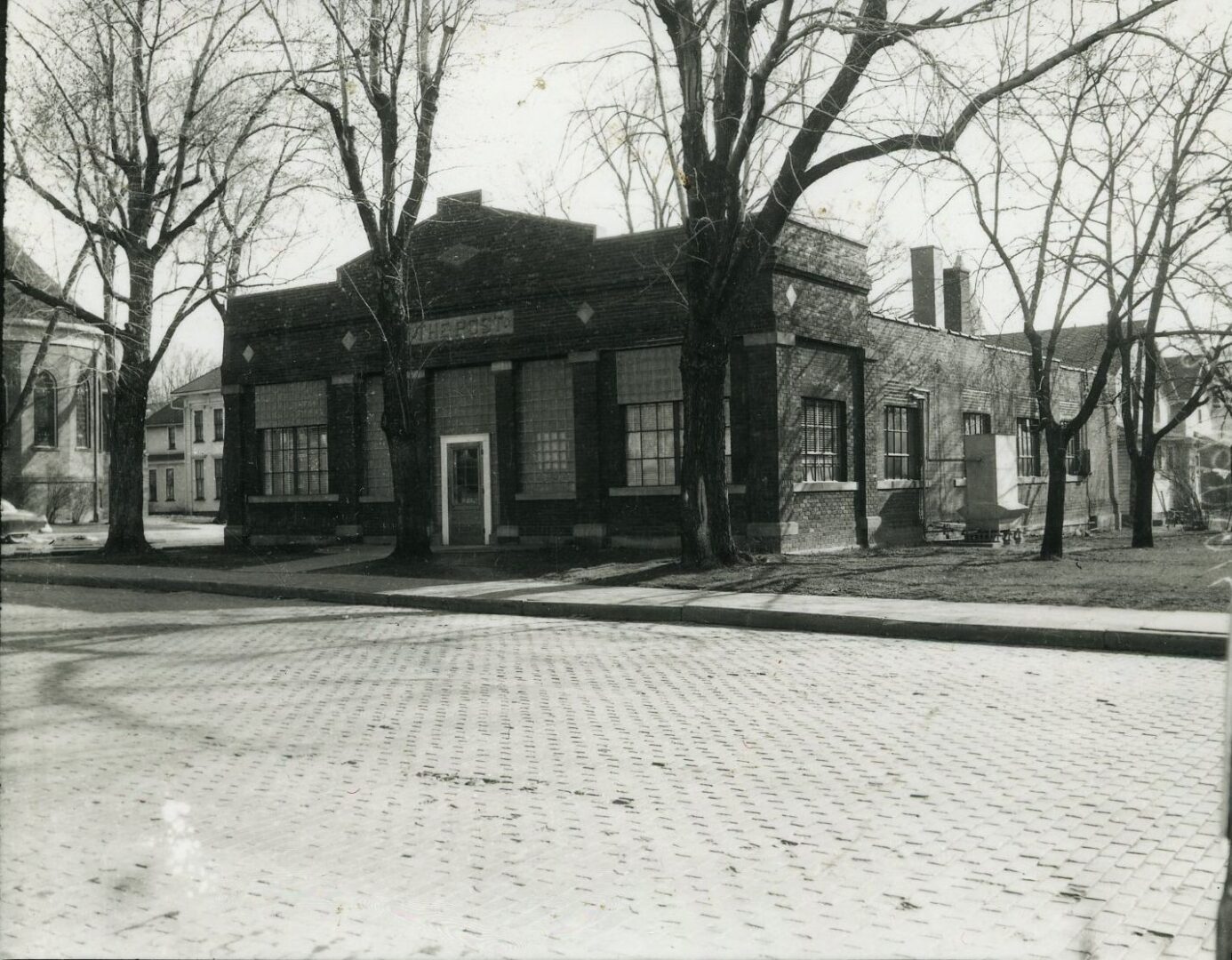
As a reaction to the Democratic leanings of “The Pioneer,” the Republicans of Whitley County decided to create its own publication in July of 1854. It is generally agreed in history that local attorney Adams Y. Hooper provided funding for the press, type and paper.
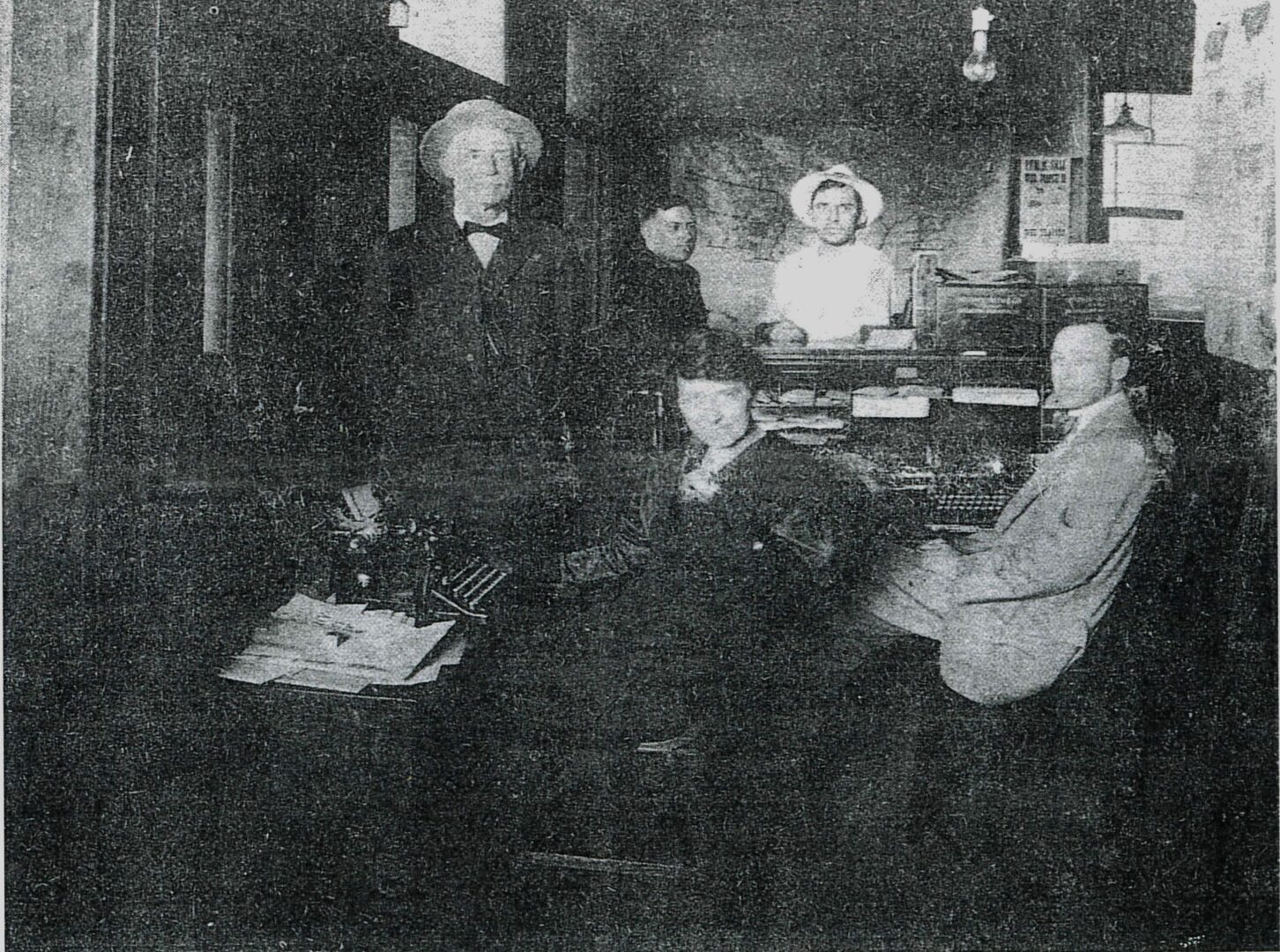
For the next nearly 10 years, this publication would be owned by different individuals, but interestingly would return to Hooper for a variety of reasons. In that time, the paper experienced two further name changes including the “Argus” and “Republican.” Hooper operated the newspaper through the Civil War, but in 1865 several other individuals were involved in owning the paper. J.W. Baker would take full ownership of this publication in 1868, at which time he named it the “Commercial.” In 1905 Baker sold the paper to Wallace W. Williamson, who was also publisher of a second newspaper called the “Mail.” He merged the two to create the “Commercial-Mail.”
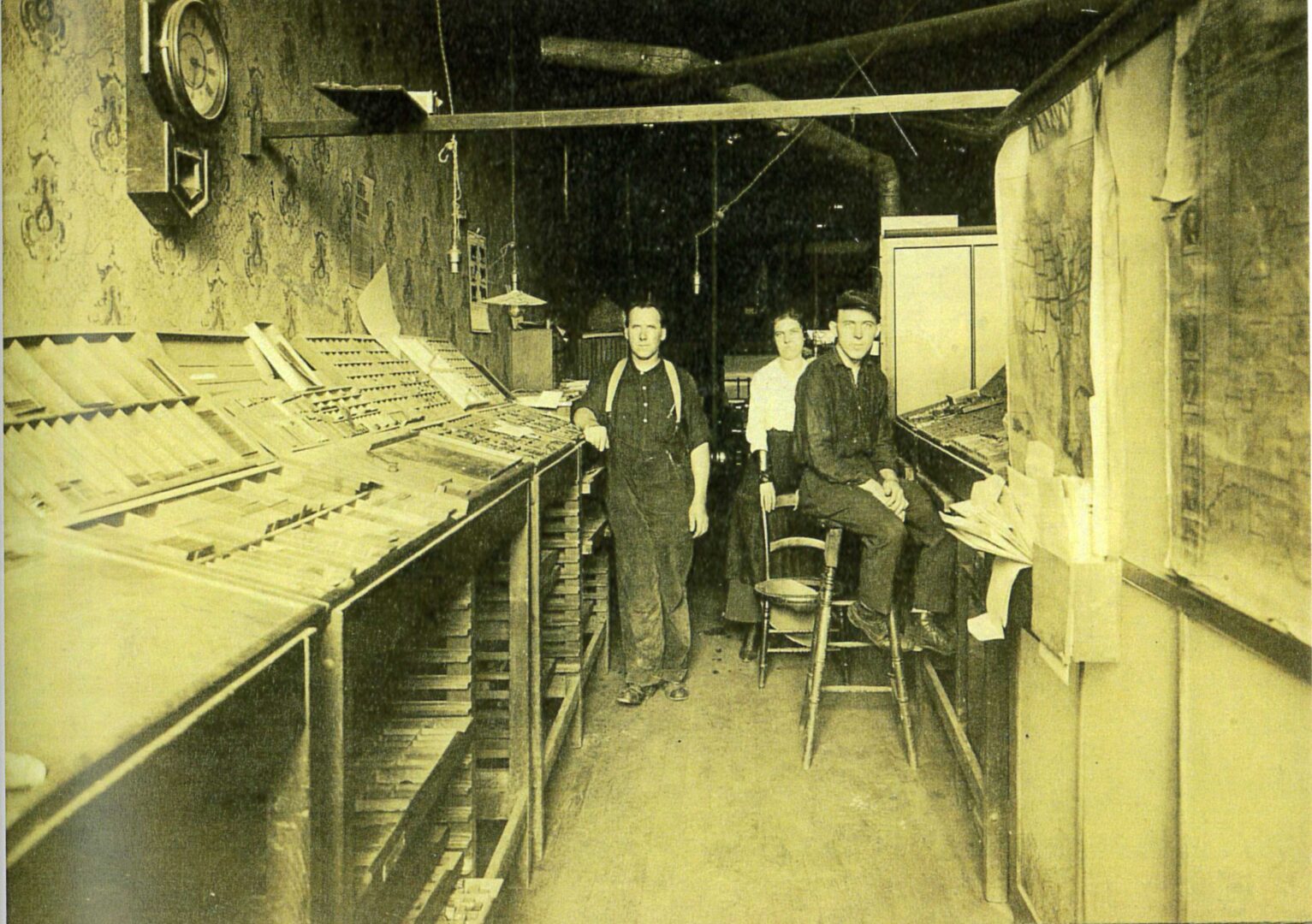
In 1928, James D. Adams took ownership of this newspaper, along with owning “The Post.” Whitley County newspapers continued to be owned and operated by the Adams family for several years. In July of 1951, John Q. Adams purchased the interest of the newspapers under The Post & Mail Publishing Co., and he continued to publish both “The Post” and the “Commercial-Mail” as separate newspapers. John Q. Adams had long been part of the newspaper business, working as a writer there for 33 years. Sadly, John Q. Adams passed away in 1955.
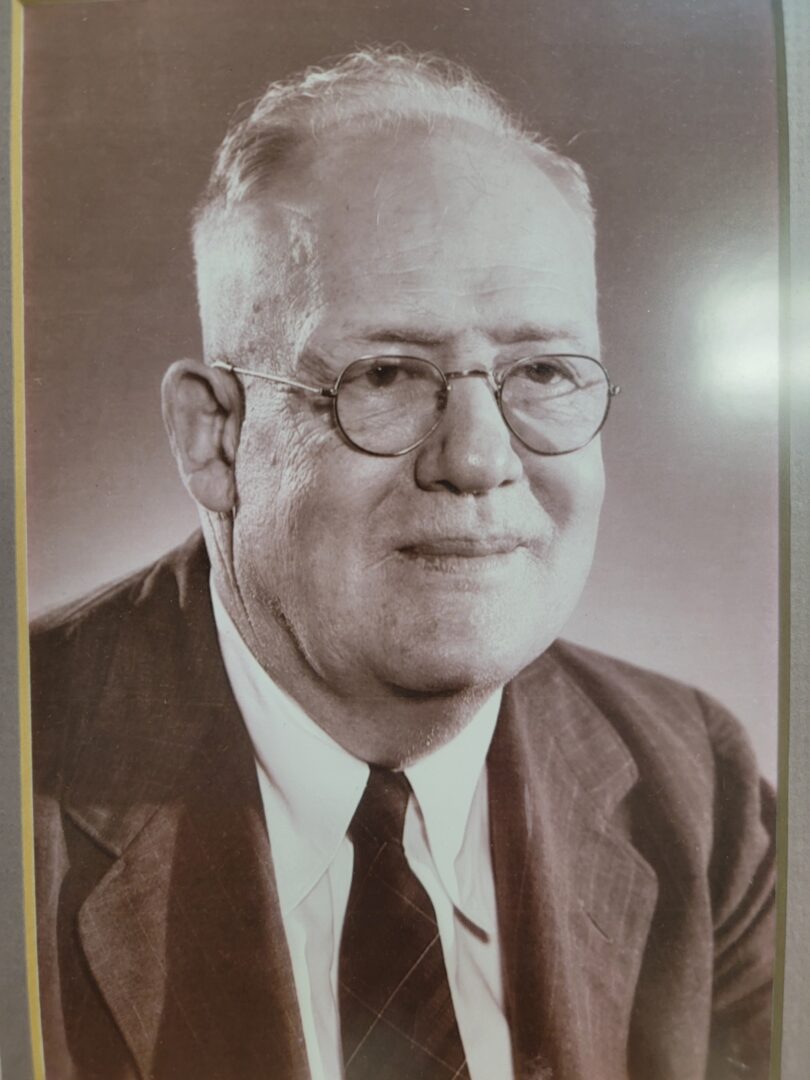
His wife, Hester Little Adams, took over as publisher and owner following his death. Hester was born in 1902 in Lowell, Ind., and later obtained a degree from Purdue University. She came to Whitley County first to teach Home Economics at Churubusco, and later at Columbia City. She married John Q. Adams in 1938, and she soon after began to learn the newspaper business.
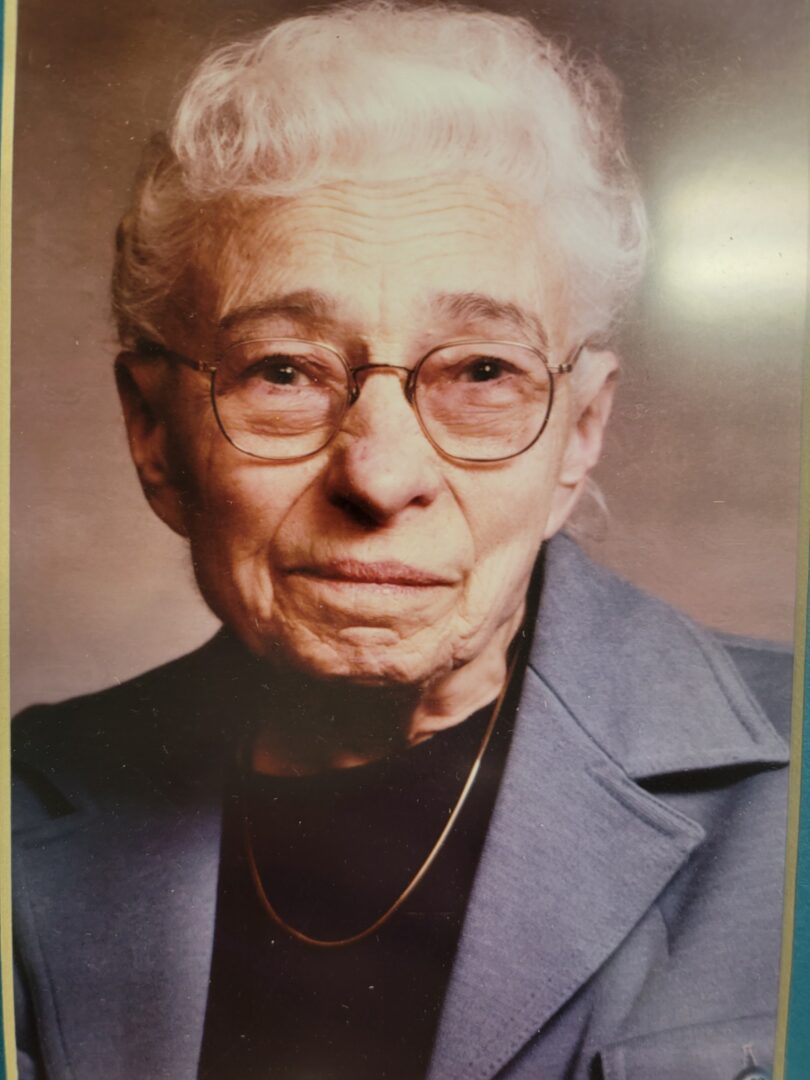
Hester passed away in 1981. The newspaper continued to be operated by a board of directors as set out in her will until it was purchased by the American Publishing Company. The two newspapers were consolidated on February 16, 1984, at which time it took on the name “The Post & Mail.”
Thank you to the Whitley County Historical Museum for sharing photos from their collection and for their outstanding research and writing of the article.
The Architecture that Made Us

Although more than a century old, this building’s namestone still clearly proclaims its original owner, even as that owner has now faded into history.
“The Post” building is located at 116 North Chauncey Street. Home to one of Columbia City’s newspapers for 80 plus years, it has been restored and renovated as the law offices of Myers Hockemeyer & McNagny.
Generally utilitarian in style, the building’s most notable architectural feature is the “namestone” that still declares the name of the The Post newspaper. Unlike cornerstones that have a structural function, namestones are ornamental blocks that display only the owner name, building use, or simply name the building. Frequently found on Victorian-era buildings, the usage of namestones on commercial buildings became less common by the 1930s as building costs rose. About a quarter of our downtown buildings have permanent namestones.
Thank you to Nathan Bilger for providing the recent photos and valuable insights into the architectural history.
